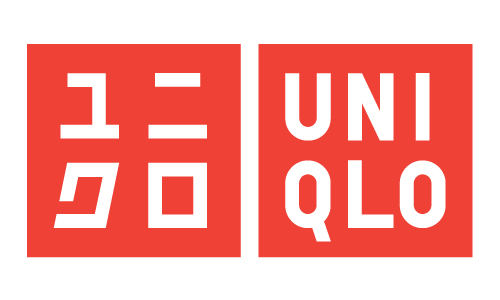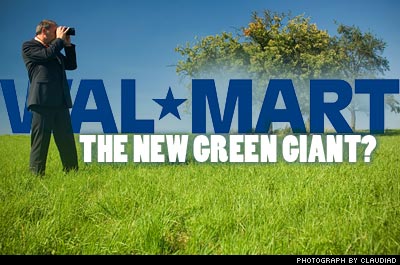Chasing After Fashion Trends To Satisfy the Demand of Clothing Market, Asia’s Top Apparel Brand – Uniqlo Learned Its Lesson.

Reference News Article:
Uniqlo: Asia’s Top Clothier Goes Back to Basics By Naoko Fujimura and Shunichi Ozasa
As Zara and H&M are targeting at low price fashion wear, Uniqlo saw the market and opportunity, joined the war of clothing to satisfy the growing demand on clothing. Uniqlo, a popular Asian clothier focus on providing low price and basic style casual wear, launched its first set of fashionable clothing in the last year. However, the results were clearly not desirable for the sales Uniqlo dropped by 25 percent and left plenty of stocks until the spring of 2011.

Uniqlo’s basic style fleece jacket from spring of 2010.

Uniqlo’s trendy style line in spring of 2010
It is never a strength of Uniqlo to produce fashion wear, and the company is driven by the surface trends too much. The major problem is branding. Uniqlo is known for durable and casual style clothing, but by introducing numerous styles of fashion wear temporarily tarnished its brand image. Due to the unfamiliarity to the consumers, the acceptance of trendy apparel in Uniqlo stores is relatively low. Significantly, it is a good example to show confusion can result in a marketplace, when a company bring in brand extension with products that are too different from the existing ones.

